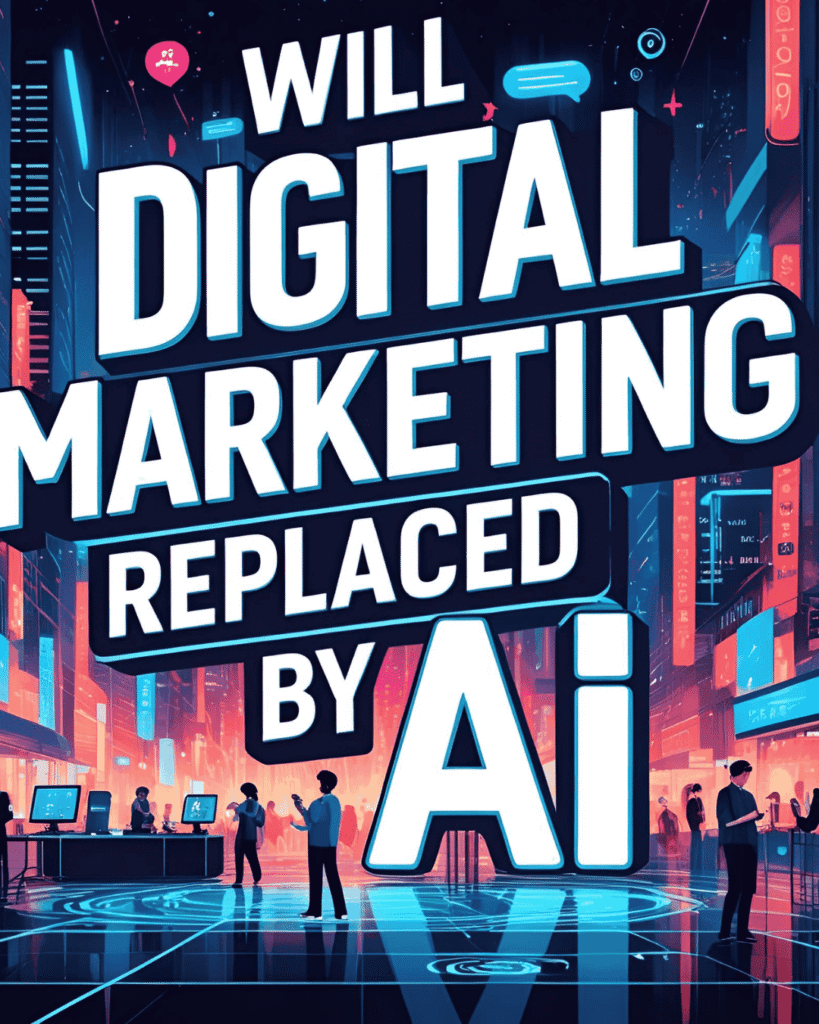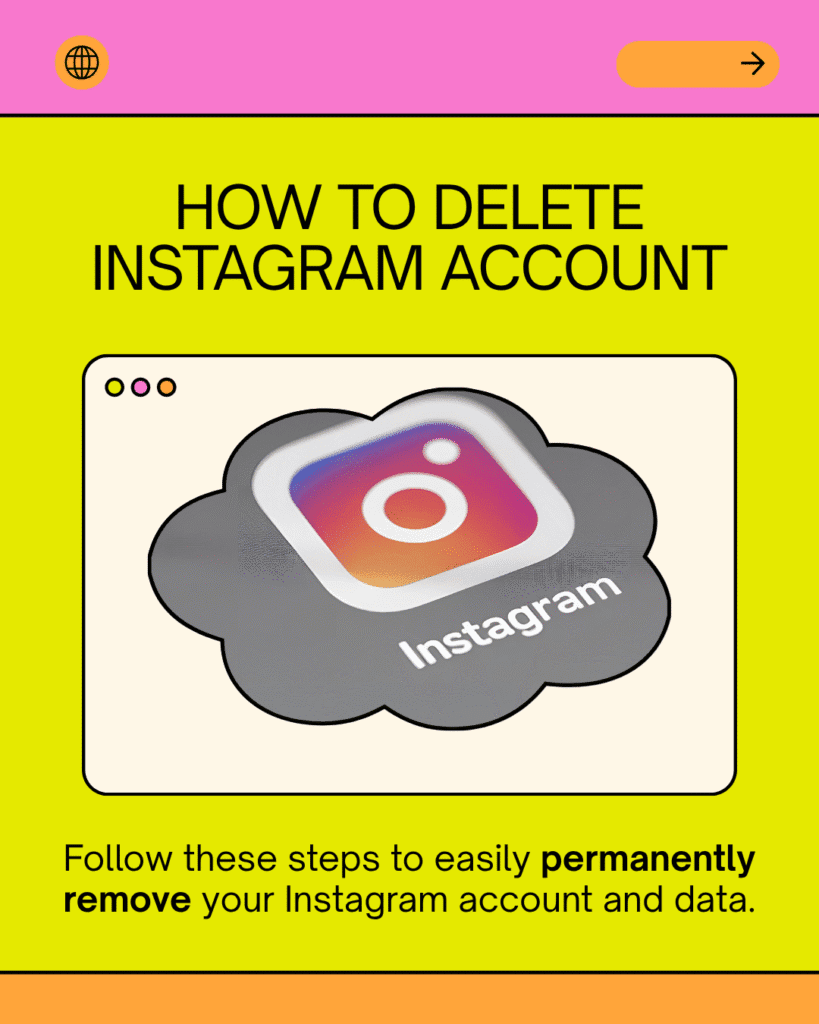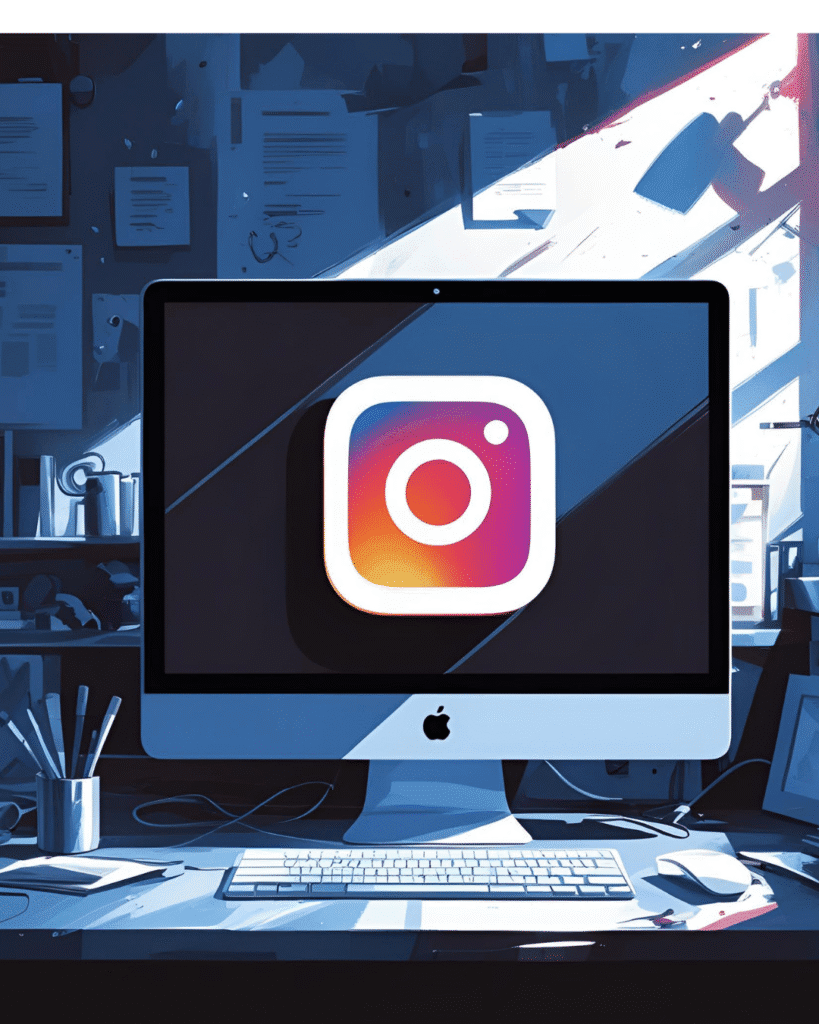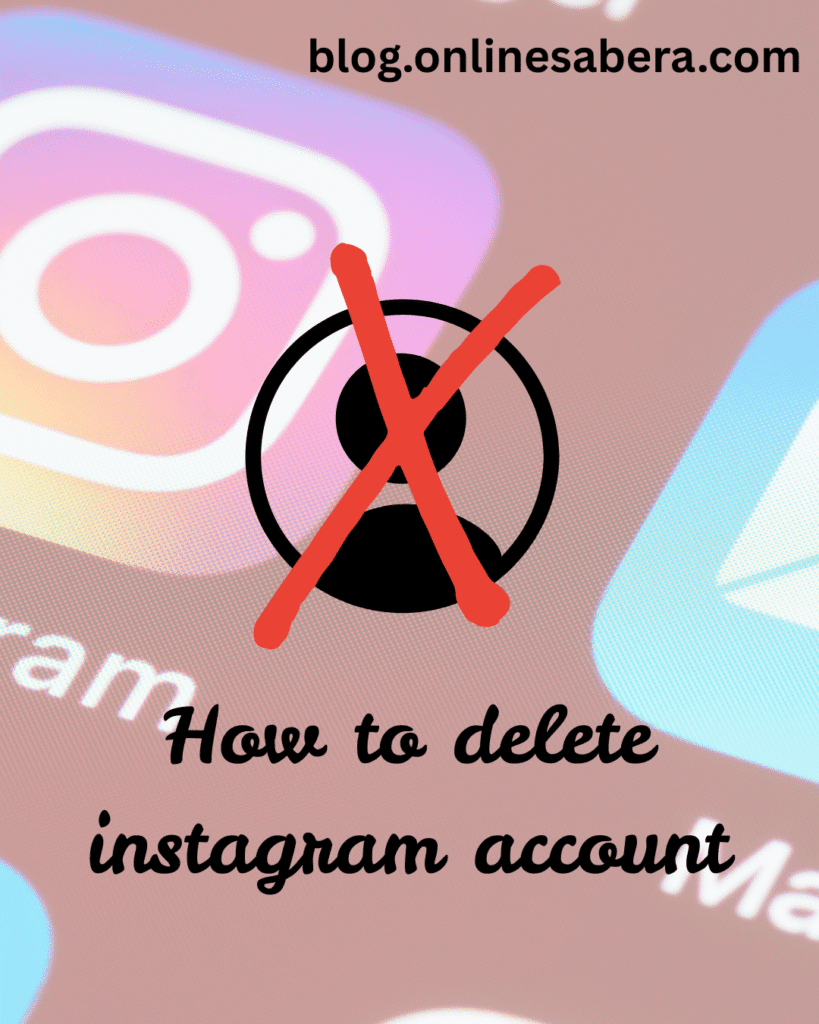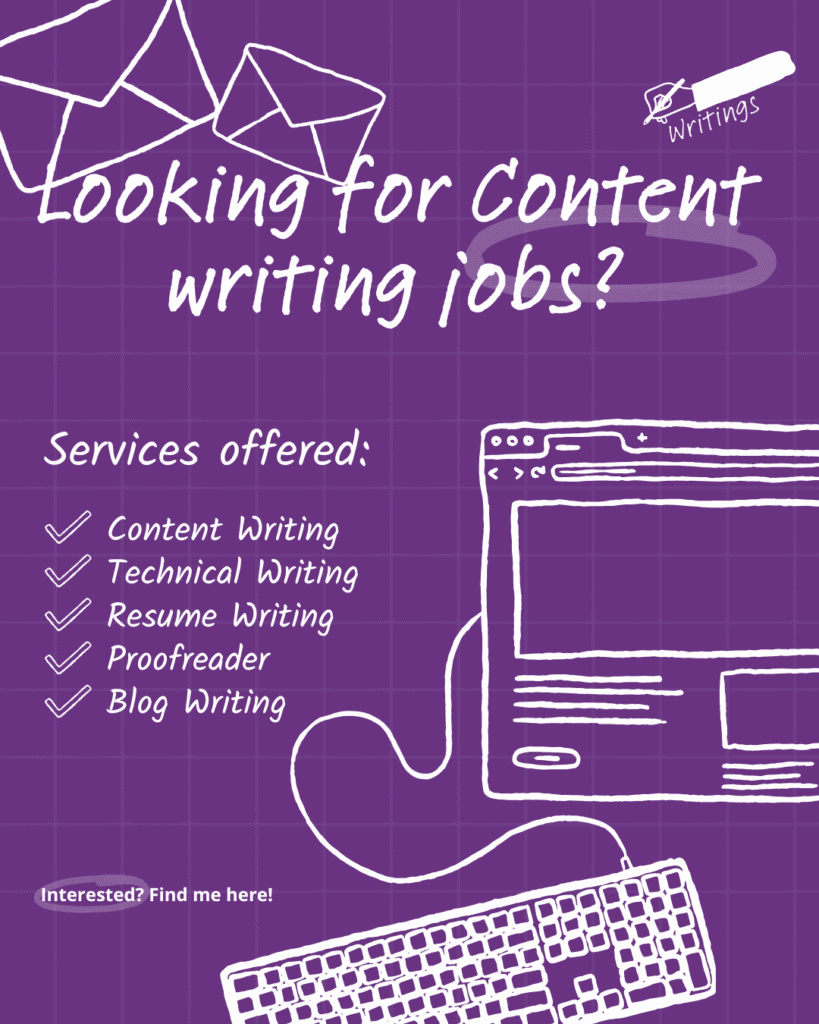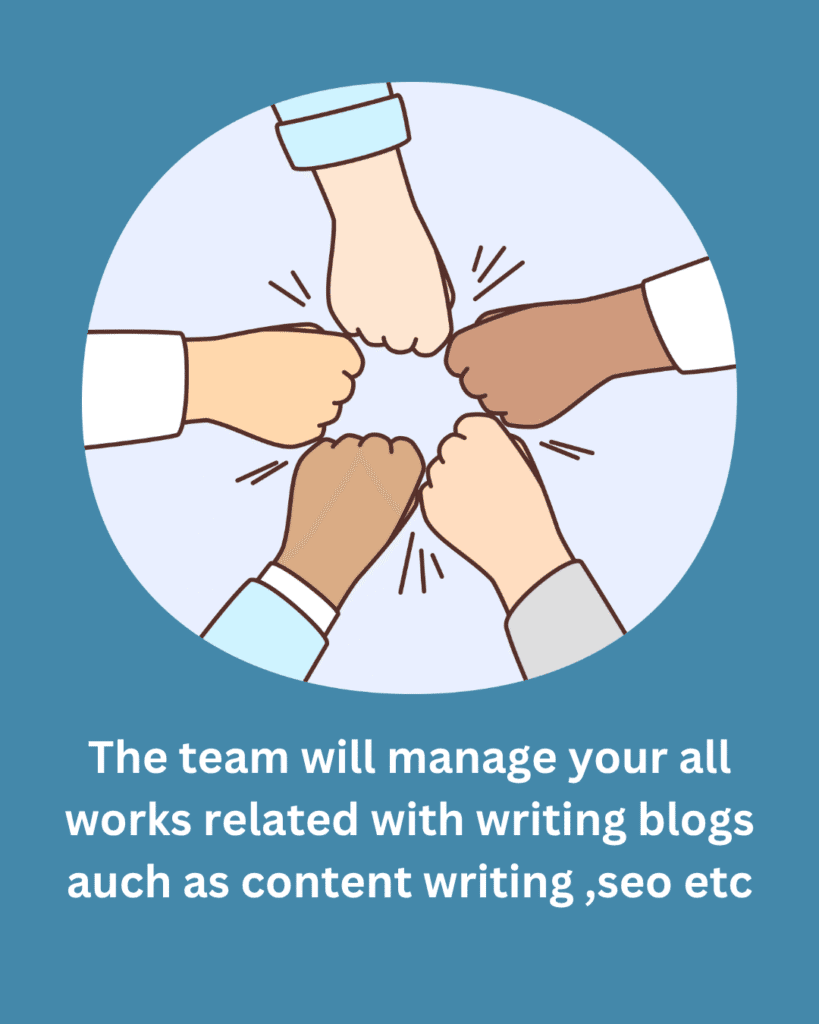Are you eager to learn how to start digital marketing and build a rewarding career in just 90 days? Whether you’re a complete beginner or looking to sharpen your skills, this comprehensive 90-day roadmap will guide you through the process of mastering digital marketing. By breaking down the journey into three structured phases—learning the basics, applying knowledge through practice, and executing independently—you’ll gain the confidence and expertise to thrive in the dynamic world of digital marketing. This guide is designed to be SEO-friendly, focusing on the keyword how to start digital marketing, and provides actionable steps to help you succeed.

Why Learn Digital Marketing in 90 Days?
Digital marketing is one of the most in-demand skills in 2025, with businesses worldwide relying on online strategies to reach their audiences. From search engine optimization (SEO) to social media marketing, email campaigns, and content creation, digital marketing offers diverse opportunities for freelancers, entrepreneurs, and professionals. Learning how to start digital marketing in just 90 days is achievable with a structured approach, allowing you to:
- Build a portfolio to showcase your skills.
- Start freelancing or secure a job in digital marketing.
- Grow your own business or personal brand online.
- Stay ahead in a competitive, fast-evolving industry.
This roadmap divides the 90-day journey into three phases, each designed to progressively build your skills. By the end, you’ll be ready to work independently and confidently in digital marketing.
Phase 1: Mastering the Basics (Days 1–30)
The first 30 days are all about laying a strong foundation. You’ll focus on understanding the core concepts of digital marketing and familiarizing yourself with essential tools. This phase is crucial for beginners learning how to start digital marketing from scratch.
Week 1: Understanding Digital Marketing Fundamentals
Objective: Grasp the basics of digital marketing and its key components.
- What is Digital Marketing? Start by learning what digital marketing entails. It’s the process of promoting products or services using digital channels like search engines, social media, email, and websites.
- Key Areas to Study:
- Search Engine Optimization (SEO): How to optimize websites to rank higher on Google.
- Search Engine Marketing (SEM): Using paid ads (e.g., Google Ads) to drive traffic.
- Social Media Marketing: Promoting brands on platforms like Instagram, LinkedIn, and X.
- Content Marketing: Creating valuable content to attract and engage audiences.
- Email Marketing: Using emails to nurture leads and convert customers.
- Resources:
- Google Digital Garage: Offers free courses on digital marketing fundamentals.
- HubSpot Academy: Provides free certifications in SEO, content marketing, and more.
- YouTube Channels: Follow creators like Neil Patel or Anson Alexander for beginner-friendly tutorials on how to start digital marketing.
- Action Steps:
- Spend 1–2 hours daily watching tutorials or reading blogs.
- Create a glossary of terms like “CTR” (click-through rate), “CPC” (cost-per-click), and “organic traffic.”
- Join digital marketing communities on X to stay updated on trends.
Pro Tip: Focus on one topic per day (e.g., SEO on Monday, social media on Tuesday) to avoid overwhelm.
Week 2: Exploring Digital Marketing Tools
Objective: Get hands-on with the tools that power digital marketing campaigns.
- Key Tools to Learn:
- Google Analytics: Tracks website performance and user behavior.
- Google Ads: Manages paid advertising campaigns.
- Canva: Creates visuals for social media and content marketing.
- Buffer or Hootsuite: Schedules social media posts.
- Mailchimp: Builds and sends email campaigns.
- Action Steps:
- Sign up for free trials of these tools to explore their features.
- Follow guided tutorials on how to set up a Google Analytics account or create a Canva design.
- Experiment with creating a sample social media post or email template.
- SEO Tip: Search for “how to use [tool name] for digital marketing” to find beginner-friendly guides.
Week 3: Deep Dive into SEO and Content Marketing
Objective: Understand how to optimize content for search engines and create engaging material.
- SEO Basics:
- Learn about keywords, on-page SEO (title tags, meta descriptions), and off-page SEO (backlinks).
- Use free tools like Ubersuggest or Google Keyword Planner to research keywords like how to start digital marketing.
- Study how to write SEO-friendly blog posts with proper headings, keywords, and internal links.
- Content Marketing:
- Explore how to create blog posts, videos, or infographics that attract audiences.
- Learn the importance of storytelling and audience targeting.
- Action Steps:
- Write a 500-word blog post on a topic like “Top Digital Marketing Trends in 2025.”
- Optimize it with a target keyword and proper meta tags.
- Share your post in a digital marketing group on X for feedback.
Week 4: Social Media and Email Marketing Foundations
Objective: Learn how to leverage social media and email for marketing.
- Social Media Marketing:
- Study platform-specific strategies (e.g., Instagram for visuals, LinkedIn for B2B, X for real-time engagement).
- Learn about hashtags, posting schedules, and audience engagement.
- Email Marketing:
- Understand how to build email lists and create compelling email campaigns.
- Study A/B testing for subject lines and call-to-actions (CTAs).
- Action Steps:
- Create a mock social media post for a fictional brand.
- Draft a sample email campaign using Mailchimp’s free plan.
- Analyze successful campaigns from brands in your niche.
Goal by Day 30: Have a solid understanding of digital marketing concepts, tools, and strategies. You should feel confident navigating platforms and discussing terms like SEO, SEM, and analytics.
Phase 2: Hands-On Practice (Days 31–60)
In the second phase, you’ll apply your knowledge through practical projects. This hands-on experience is critical for learning how to start digital marketing effectively, as it bridges the gap between theory and real-world application.
Week 5: Create Mock Campaigns
Objective: Simulate real digital marketing campaigns to build skills.
- SEO Practice:
- Write a 1,000-word blog post optimized for a keyword like “best digital marketing tools.”
- Include proper headings (H1, H2, H3), meta descriptions, and internal/external links.
- Use tools like Yoast SEO (if using WordPress) or Grammarly for optimization.
- Social Media Campaign:
- Design a 7-day content calendar for a fictional brand on Instagram or X.
- Include a mix of posts (e.g., educational, promotional, engaging).
- Use Canva to create visuals with consistent branding.
- Email Marketing:
- Create a series of three emails (welcome, promotional, follow-up) for a mock campaign.
- Test different subject lines and CTAs to understand what drives engagement.
- Action Steps:
- Share your mock campaigns in online communities for feedback.
- Use free analytics tools to track engagement on your social posts.
Week 6: Work on Real Projects
Objective: Gain experience by working on small, real-world projects.
- Volunteer for Local Businesses:
- Offer to manage a friend’s or local business’s social media for free.
- Optimize their website’s SEO using tools like Ubersuggest or MozBar.
- Create a simple email newsletter for a small business.
- Experiment with Paid Ads:
- Set up a low-budget Google Ads or Facebook Ads campaign (e.g., $5–$10).
- Target a niche audience and track results using the platform’s analytics.
- Action Steps:
- Document your work, including challenges and results.
- Ask for feedback from clients or peers to improve your skills.
Week 7: Analyze and Optimize
Objective: Learn to measure and improve campaign performance.
- Track Metrics:
- Use Google Analytics to monitor website traffic and user behavior.
- Track social media metrics like engagement rate, impressions, and click-throughs.
- Analyze email open rates and conversions.
- Optimize Campaigns:
- Adjust your mock campaigns based on data (e.g., tweak keywords, change post times).
- Experiment with A/B testing for ads or emails.
- Action Steps:
- Create a report summarizing your campaign results.
- Share insights in digital marketing groups on X to learn from others.
Week 8: Build a Mini-Portfolio
Objective: Start documenting your work to showcase your skills.
- Portfolio Components:
- Include your mock campaigns, volunteer projects, and any measurable results.
- Highlight skills like SEO, content creation, and social media management.
- Action Steps:
- Create a simple portfolio using Google Sites, Wix, or WordPress.
- Share your portfolio in online communities for feedback.
Goal by Day 60: Have practical experience in executing digital marketing campaigns and a mini-portfolio showcasing your work.
Phase 3: Independent Execution (Days 61–90)
In the final phase, you’ll work independently to solidify your skills and build a professional portfolio. This phase is where you truly master how to start digital marketing and prepare for a career or freelance opportunities.
Week 9: Launch Your Own Project
Objective: Apply your skills to a personal or niche project.
- Start a Blog or Website:
- Create a blog on a topic you’re passionate about (e.g., “How to Start Digital Marketing for Beginners”).
- Use WordPress or Wix to build a simple site.
- Optimize it for SEO with target keywords and meta tags.
- Manage Social Media:
- Create profiles for your blog or personal brand on Instagram, LinkedIn, or X.
- Post regularly and engage with your audience.
- Run Paid Ads:
- Experiment with a small-budget ad campaign to promote your blog or project.
- Track results and optimize based on data.
- Action Steps:
- Publish at least three blog posts or create 10–15 social media posts.
- Use Google Analytics to monitor your site’s performance.
Week 10: Refine Your Portfolio
Objective: Create a professional portfolio to showcase your expertise.
- Portfolio Elements:
- Include your blog, social media profiles, and ad campaign results.
- Highlight metrics like traffic growth, engagement rates, or conversions.
- Add testimonials from any volunteer clients or peers.
- Action Steps:
- Update your portfolio website with polished visuals and clear descriptions.
- Share your portfolio on LinkedIn and X to attract potential clients or employers.
Week 11: Network and Freelance
Objective: Build connections and start freelancing.
- Join Communities:
- Participate in digital marketing groups on X, LinkedIn, or Reddit.
- Share your insights and ask for advice to build relationships.
- Start Freelancing:
- Offer services on platforms like Upwork, Fiverr, or PeoplePerHour.
- Start with small gigs like social media management or SEO audits.
- Action Steps:
- Create profiles on freelancing platforms and bid on 2–3 projects.
- Connect with at least five professionals in the digital marketing space.
Week 12: Scale Your Skills
Objective: Refine your expertise and prepare for long-term success.
- Deepen Your Knowledge:
- Take advanced courses on specific topics (e.g., advanced SEO, Google Ads certification).
- Follow industry blogs like Moz, Search Engine Journal, or Neil Patel for updates.
- Expand Your Projects:
- Take on more complex freelance projects or scale your blog.
- Experiment with new strategies like influencer marketing or video content.
- Action Steps:
- Complete one advanced course or certification.
- Analyze your blog’s performance and set goals for the next 90 days.
Goal by Day 90: Have a professional portfolio, real-world experience, and the confidence to work independently as a digital marketer.
Tips for Success in Learning Digital Marketing
To maximize your 90-day journey, follow these tips:
- Stay Consistent: Dedicate 1–2 hours daily to learning, practicing, or networking.
- Focus on Data: Use analytics to measure and improve your campaigns.
- Optimize for SEO: Incorporate keywords like how to start digital marketing naturally in your content to boost visibility.
- Stay Updated: Follow industry leaders on X or read blogs like Moz and Search Engine Journal.
- Build a Network: Connect with peers and mentors to learn from their experiences.
- Experiment Fearlessly: Try new strategies and learn from mistakes.
Why This 90-Day Roadmap Works
This roadmap is designed to make learning how to start digital marketing accessible and achievable. By breaking the process into three phases—learning, practicing, and executing—you’ll build skills progressively and avoid overwhelm. Each phase builds on the previous one, ensuring you gain both theoretical knowledge and practical experience. By Day 90, you’ll have a portfolio, real-world projects, and the confidence to pursue digital marketing professionally.
Common Challenges and How to Overcome Them
- Overwhelm: Focus on one topic or task at a time to stay organized.
- Lack of Resources: Use free tools and courses to keep costs low.
- Time Management: Create a daily schedule and stick to it.
- Staying Motivated: Set small, achievable goals and celebrate milestones.
Next Steps After 90 Days
Once you’ve completed this roadmap, you’re ready to take your digital marketing career to the next level. Here are some ideas:
- Freelance Full-Time: Scale your freelancing business by taking on more clients.
- Apply for Jobs: Use your portfolio to apply for entry-level digital marketing roles.
- Grow Your Brand: Expand your blog or personal brand with advanced strategies like influencer collaborations.
- Continue Learning: Stay updated with new trends and certifications to remain competitive.
Ready to Start Your Digital Marketing Journey?
Learning how to start digital marketing in 90 days is an achievable goal with the right roadmap. By following this structured plan—mastering basics, practicing hands-on, and executing independently—you’ll gain the skills to succeed in the digital marketing world. Start today, stay consistent, and watch your expertise grow!
if you think will digital marketing be replaced by ai so click tje link







